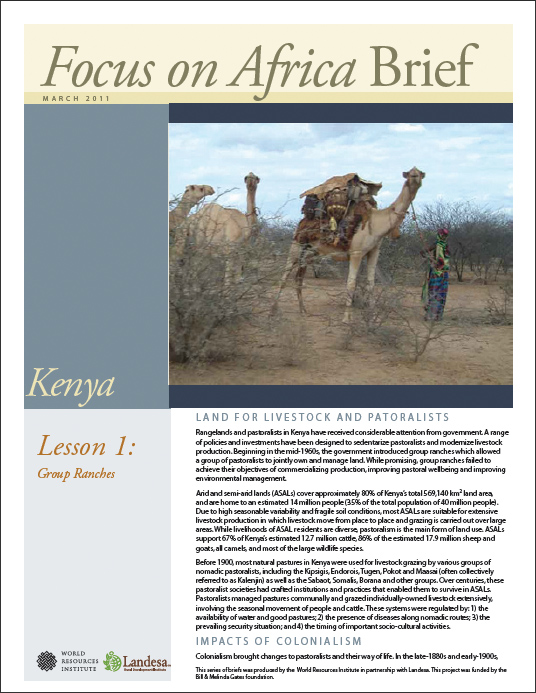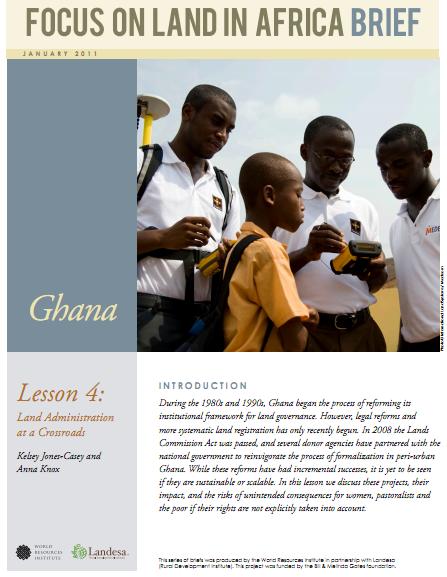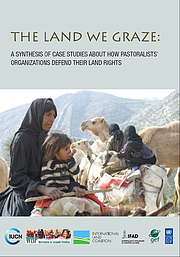Focus on Africa: Kenya Lesson Brief, Group Ranches
This lesson brief follows the modernization of pastoral livestock production in Kenya. This lesson brief is part of the Focus on Africa: Land Tenure and Property Rights online educational tool. Rangelands and pastoralists in Kenya have received considerable attention from government.





